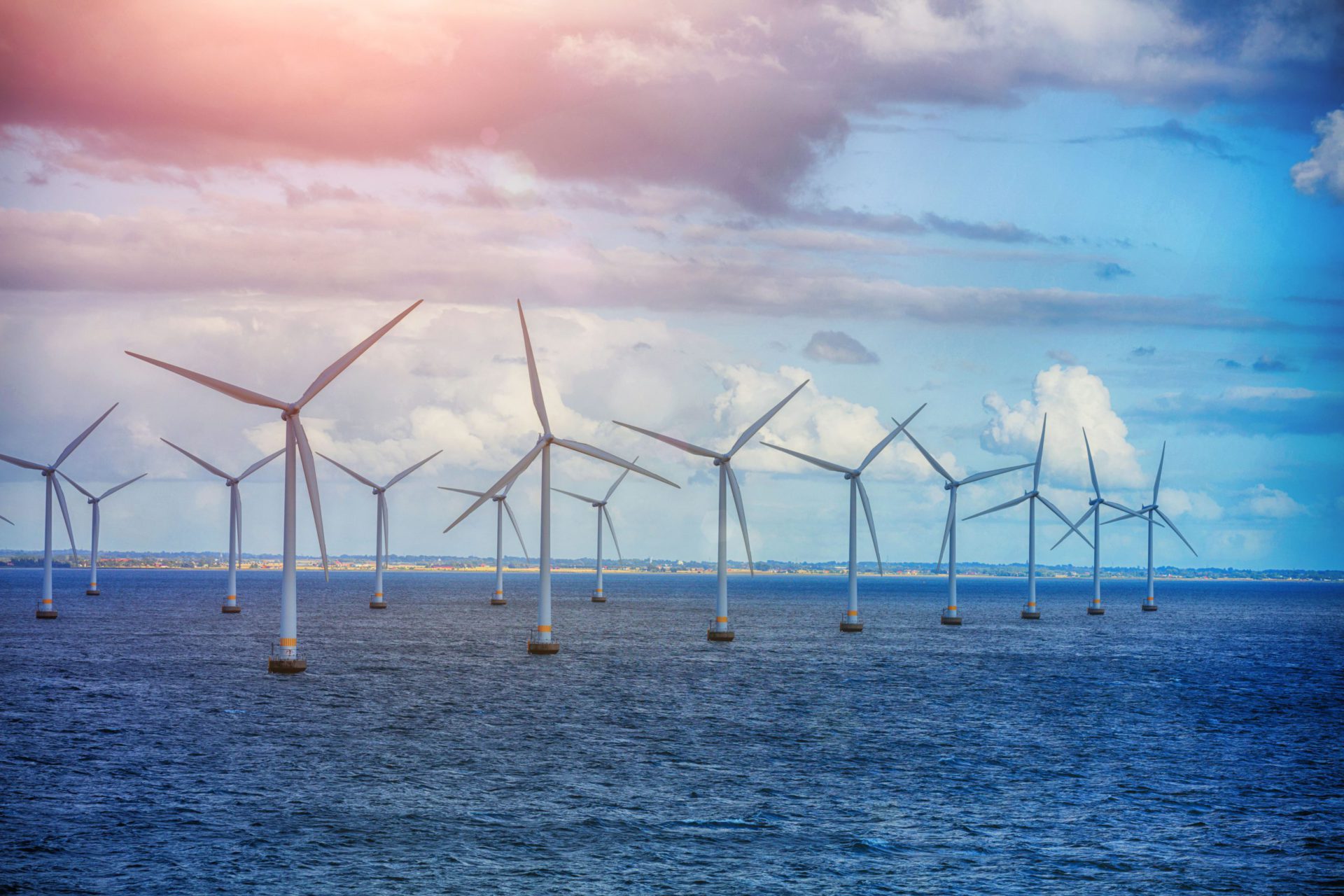There is no denying the global potential for offshore floating wind. In DNV GL’s Energy Transition Report 2020, the forecasts see a growth from 100 MW to 250 GW by 2050, with the Asia Pacific region to develop more than half with 153 GW. It could even be argued that the Asian wind industry has the potential to surpass the European wind industry in floating offshore wind. However, the technology is still at a very early stage and offers far more complexity and risk than bottom fixed wind farms.
To outline just one of the key challenges, it is worth mentioning the geological factors, which will have a high impact on future wind farm constructions. Markets with the greatest potential for offshore floating wind in the US and the Asia Pacific present far more challenging conditions. This is due to extreme depths, difficult sea beds, typhoons and high seismic activity, all of which must be taken into account.
The supply chain framework for floating offshore wind is yet to settle – but a change is coming.
Since the offshore landscape is highly competitive and cost-driven, a market with such great potential will attract many contenders. Therefore, a number of project developers and O&Ms have created different project designs for the most efficient floating wind platform concept with 40-50 different construction concepts already, each presenting their own upsides and downsides.
In general, we see many more variations in project designs and technologies deployed, and with each new type of floating wind turbine installed, there will always be new components at risk, more stakeholders involved, and more complex supply chains, increasing the risk to the success of floating wind projects with regards to downtime, cost and production availability.
It can be argued that the offshore floating wind technology is yet to settle as the standards and conceptualisation of building the most optimised and cost-efficient business case, is yet to be shown. Many, however, are leading by example. Leading OEMs; Siemens Gamesa, Vestas, and Orsted will increase their activities in floating wind farms, which will inevitably drive industry change.
Simulation offers a sustainable data-driven approach to project deployment.
With the emergence of floating wind as a viable alternative to bottom fixed wind turbines, data analysis, project planning and resource allocation must develop accordingly.
Simulation technology has already been successfully and efficiently used by project developers to estimate floating wind-specific scenarios, as seen in Les Éoliennes Flottantes du Golfe du Lion (EFGL). The development of this project saw Shoreline Wind team up with Engie, EDP Renewables, Caisse des Dépôts and Eiffage, to use this technology to simulate and analyse the operations of; port-based pre-assembly, installation of operations, and towing and hook-ups for the installation of 6MW wind turbines mounted on a Principle Power floating foundation.
For the involved project planners and analyst, the key was the ability to significantly increase the number of what-if analyses based on specific operations that simultaneously produce project scenarios with greater accuracy, efficiency, speed and profit.
It will be exciting to follow the future development of this market for the next 10 years. There is great potential for massive global growth in the deployment of floating wind platforms, but to limit the amount of uncertainty and risk involved, advanced simulation and modelling technology is required for a data-driven method for doing this in the most sustainable way.
Check out Execution™ – here you can learn more about how Shoreline Wind’s platform integrated simulation solution manages to optimise and schedule floating offshore wind field service planning and maintenance.

